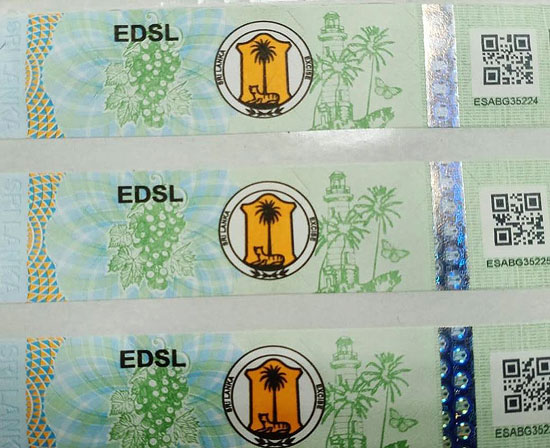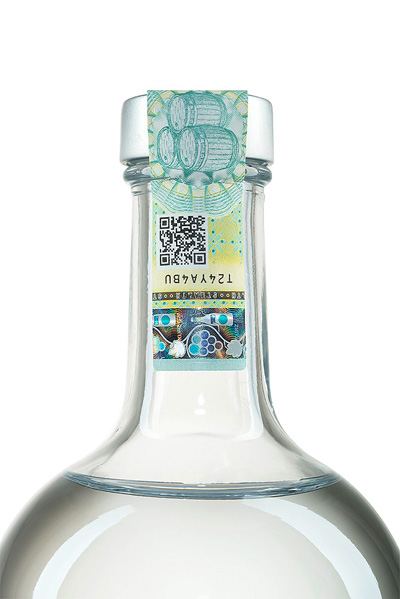About Tax Stamps
The main purpose of excise tax stamps is to provide a physical means of collecting tax. The stamps denote that a payment has been made – or is due to be made – to a recognised governing authority with regard to a particular excisable item, such as a pack of cigarettes or a bottle of alcohol.
However, tax stamps have always taken on additional roles – albeit unintentionally – just by the fact of being attached to a product. As well as providing visible proof of tax payment, their very presence acts, to some extent, as a guarantee that the product is genuine. Furthermore, by being positioned over the opening of a tobacco package or alcohol bottle, they act as an anti-tampering/anti-reuse seal.
Another role that tax stamps are starting to assume is that of a carrier of serialised codes for item-level production monitoring and supply chain track and trace.


From tax collection tools to sophisticated security devices
Although it was perhaps only natural that tax stamps would never just be used for tax collection, their evolution has been accelerated by a number of recent global developments.
One of these developments relates to the progressive, and sometimes dramatic increase in tobacco excise taxes, implemented by many governments in a bid to reduce national consumption and raise revenues.
As excise taxes have grown, so has the value of the stamps representing them. This, in turn, has made it more worthwhile for criminals to produce counterfeit stamps for the purpose of disguising illicit, untaxed product.
This phenomenon – as well as the relative ease with which criminals can now copy weakly secured tax stamps – has led to the need for stamps to carry robust, visible security features – much like those on a banknote – to distinguish them from fake stamps.
Another driver of the evolution in tax stamps involves the breakthroughs in data processing capabilities and mobile communications, which have allowed products to be marked in-line during production with their own unique codes, recorded in a database. The codes may then be used to verify the product in remote locations and provide key data on source, destination and authenticity.
The ability of tax stamp issuers and others involved in tax stamp programmes to monitor and record complex supply chain data in real time is something that could only have been dreamed of a few decades ago.
Further Resources
For a short history of tax stamps, click here.
